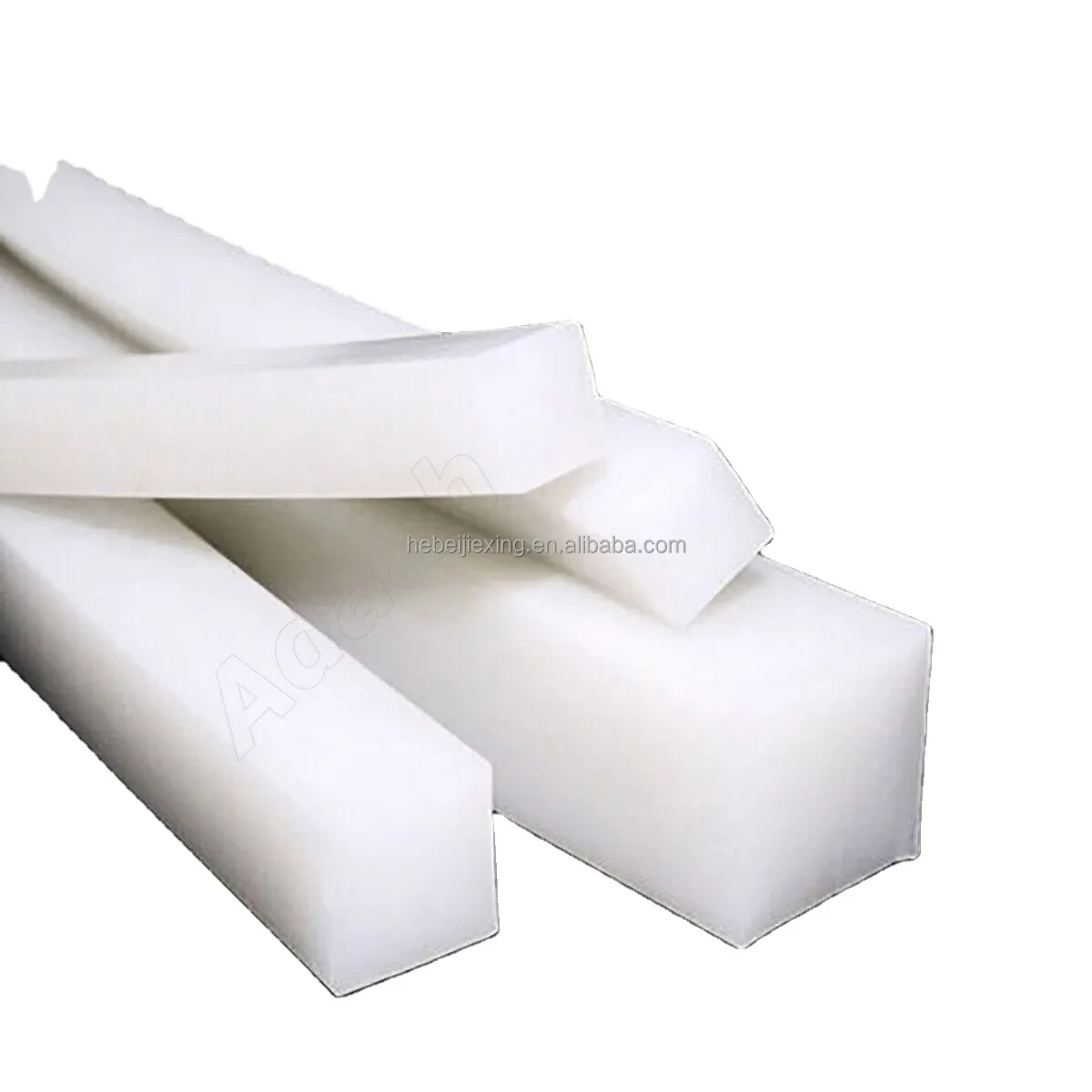window rubber sealing strip
The Importance of Window Rubber Sealing Strips A Comprehensive Overview
In the realm of construction and home improvement, the significance of window rubber sealing strips cannot be overlooked. These seemingly simple components play a crucial role in ensuring energy efficiency, aesthetics, and overall comfort within residential and commercial buildings. This article delves into the purpose, benefits, installation, and maintenance of window rubber sealing strips.
What Are Window Rubber Sealing Strips?
Window rubber sealing strips, often made from materials like EPDM (Ethylene Propylene Diene Monomer), silicone, or neoprene, are designed to fill the gaps between window frames and the wall. Their primary function is to create a tight seal that prevents air and water infiltration. This sealing mechanism helps in maintaining indoor temperatures, reducing energy costs, and enhancing the durability of windows.
The Benefits of Rubber Sealing Strips
1. Energy Efficiency One of the most significant advantages of window rubber sealing strips is their ability to improve energy efficiency. By preventing drafts and air leaks, they reduce the need for heating and cooling systems to work overtime, leading to lower energy bills.
2. Moisture Resistance These sealing strips also protect against water intrusion, which can cause serious damage over time. By providing a watertight seal, they help in preventing mold growth, wood rot, and other moisture-related issues.
3. Noise Reduction In urban environments, noise pollution can be a significant concern. Rubber sealing strips offer an additional layer of sound insulation, contributing to a quieter indoor environment.
4. Enhanced Comfort By regulating indoor temperature and minimizing drafts, rubber sealing strips enhance the overall comfort of a living or working space. Homeowners and tenants can enjoy a more consistent and pleasant atmosphere, regardless of external weather conditions.
5. Aesthetics Beyond functionality, well-installed rubber sealing strips contribute to the neat and finished appearance of windows. They come in various colors and styles to complement different architectural designs.
Installation Process
window rubber sealing strip

Installing window rubber sealing strips is a relatively straightforward process, making it an ideal DIY project for homeowners. Here’s a concise guide
1. Measure Accurately measure the perimeter of the window frame to determine the length of sealing strips needed.
2. Choose the Right Material Select a sealing strip that fits the specific requirements of your windows, considering factors like climate and window type.
3. Clean the Surface Thoroughly clean the window frame to ensure proper adhesion. Remove any old strips or debris.
4. Cut to Size Cut the rubber sealing strips to the measured lengths, ensuring clean and straight cuts.
5. Apply Peel off the backing (if self-adhesive) and firmly press the sealing strip into place along the edges of the window frame.
6. Test Once installed, check for drafts by running a hand along the edges or using a candle to observe flickering flames. Adjust as necessary for a tight seal.
Maintenance Tips
To ensure longevity, regular maintenance of window rubber sealing strips is essential. Check for signs of wear, such as cracks or brittleness, particularly after extreme weather conditions. Cleaning the strips with mild soap and water can also help maintain their effectiveness and appearance.
Conclusion
Window rubber sealing strips might not be the most glamorous element in a home, but their importance cannot be overstated. They offer a wealth of benefits, from energy efficiency to noise reduction, enhancing both the functionality and aesthetics of windows. By investing in high-quality sealing strips and ensuring proper installation and maintenance, homeowners can significantly improve their living environments, ensuring comfort and protection for years to come.
-
Under Door Draught Stopper: Essential ProtectionNewsJul.31,2025
-
Garage Door Seal and Weatherstrips for ProtectionNewsJul.31,2025
-
Edge Banding Tape for Perfect EdgesNewsJul.31,2025
-
Table Corner Guards and Wall Corner ProtectorsNewsJul.31,2025
-
Stair Nose Edging Trim and Tile Stair SolutionsNewsJul.31,2025
-
Truck Bed Rubber Mats for Pickup BedsNewsJul.31,2025
-
Window Weather Stripping for Noise ReductionNewsJul.29,2025